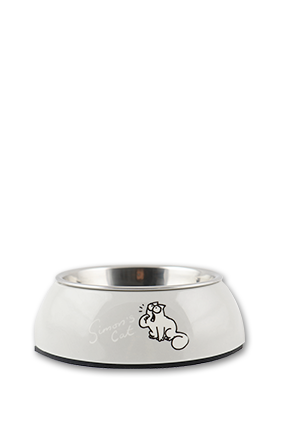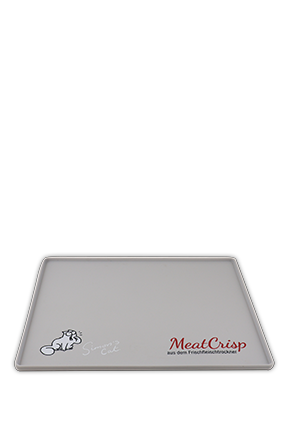Food allergies and food intolerance in cats
What is the difference between a food allergy and food intolerance?
The terms “allergy” and “incompatibility” or “intolerance” are usually lumped together when complaints occur in our animals that seem to be due to what they are eating. Basically, both disease patterns are triggered by an ingredient that impairs functions such as digestion or causes physical symptoms of illness and can lead to severe discomfort in the cat. The symptoms of food allergy and food intolerance are therefore similar and do not indicate which of the two conditions is present.
The difference lies in the body’s reaction to the problem ingredient. With a food allergy, the cat’s immune system reacts to certain ingredients in the cat food. The ingredient in question is perceived as a pathogen and fought as an invader. An overreaction occurs, which manifests itself in typical allergic reactions.
With food intolerance, on the other hand, it is not the immune system that reacts, but the gastrointestinal tract. In this case, there is a metabolic disorder. This means that certain ingredients cannot be processed properly and the digestive process is disrupted. In both cases, the food must be changed for the benefit of the cat.
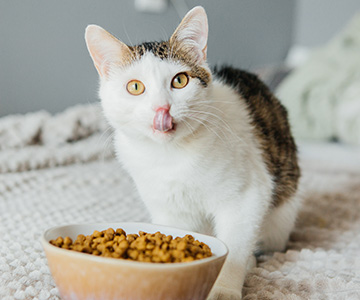 Food allergies and food intolerance in cats
Food allergies and food intolerance in cats
Symptoms of food allergies and food intolerance in cats
The symptoms of food allergies and food intolerance can be quite different. The following complaints can give a first indication:
- Diarrhoea
- Vomiting
- Flatulence
- Allergic reaction of the skin such as redness, skin inflammation, ulcers
- associated with itching
- Ear infections
- Respiratory problems
- Weight loss
- Water retention
- Growth disorders in young cats
What helps to deal with food allergies in cats? Exclusion diet!
Some cats develop an allergy to an animal protein source and thus can no longer tolerate a certain type of meat. Other animals react to artificial additives in cat food that are added by the manufacturer – such as preservatives, colourings, aromatics or flavourings. These additives are often found in low quality cat food, where cheap ingredients are used to make the food tastier or more attractive. It is therefore always advisable to choose a high-quality cat food that does not contain any artificial additives.
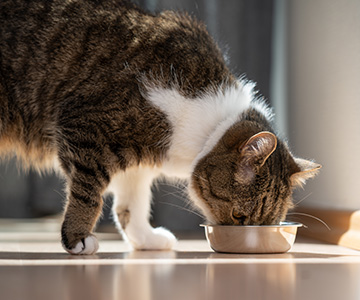 Cats must not eat any other food or treats during the exclusion diet
Cats must not eat any other food or treats during the exclusion diet
- Meat or fish protein
- Soya
- Milk or milk products
- Eggs
- Sources of carbohydrate such as wheat
- Artificial additives
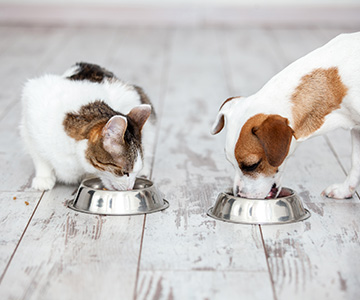 Cats must not eat any other food or treats during the exclusion diet
Cats must not eat any other food or treats during the exclusion diet
How do I go about introducing an exclusion diet?
The easiest way to start is to change your protein source. Give the cat a different type of meat for a short period. Since the carbohydrate source – wheat or potato, for example – could also be the cause, do not change that for now but deal with it later in the exclusion diet if necessary.
Why is the provocation test so important?
Many cat owners wonder why a provocation test is necessary if the cat stops showing symptoms after the change. If your cat has an allergy, it is important to avoid the ingredients that trigger it permanently. Only with the help of the provocation test is it possible to identify what is actually the cause. Was it the type of meat or an additive? Or maybe the cause was not the food at all, but something the cat ate on the side. If you do not know the cause, you cannot solve the problem, and this can cause long-term problems for your cat, such as being overweight or underweight and kidney disease.
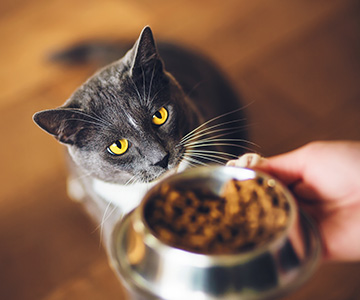 Carrying out the provocation test with an exclusion diet in cats
Carrying out the provocation test with an exclusion diet in cats
What is the best way to help my cat?
Before or during the exclusion diet, when the cause is not yet clear, the most important thing is to relieve the symptoms of the food allergy. Please talk to your vet, they can prescribe the right medication and ointments to alleviate discomfort such as itching or inflammation during the transition period, to prevent cats from scratching or licking. Otherwise, skin inflammations can worsen.
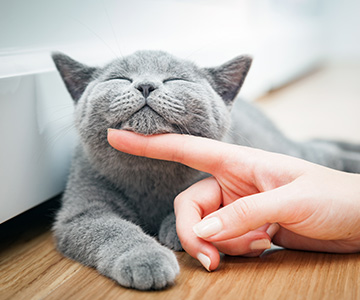 What is the best way to help my cat if it has a food allergy?
What is the best way to help my cat if it has a food allergy?
Does my cat need diet food for a food allergy?
An expensive diet food is not always necessary for cats suffering from allergies. Once the culprit has been found, it is usually enough simply to avoid the ingredient. A diet food usually only means that there is a single protein source (a so-called monoprotein food) and it contains ingredients with “low allergy risk”. In such a case, it is enough to change from a cheap industrial food to high-quality cat food. Like the diet food, these high-quality foods do not contain gluten, soya or artificial additives such as aromatics, colourings or flavourings. Try comparing the manufacturer’s ingredients. This is because ingredients such as a high water content or wheat are cheaper than high-quality meat. The artificial additives are supposed to make the food more attractive, but unfortunately it comes at the expense of your cat’s health and vitality. We therefore recommend choosing a high-quality cat food. Your cat will thank you.
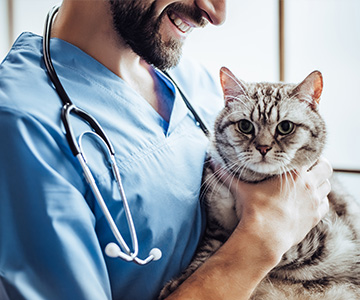 Does my cat need a diet if it has food allergies?
Does my cat need a diet if it has food allergies?


 Deutsch
Deutsch
 English
English
 Nederlands
Nederlands
 Français
Français

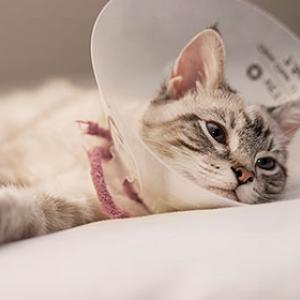
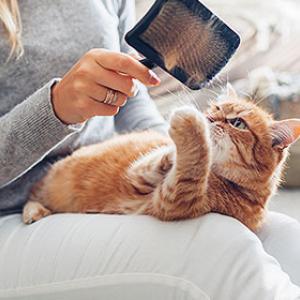
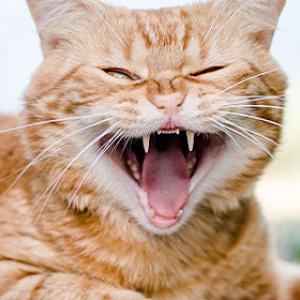
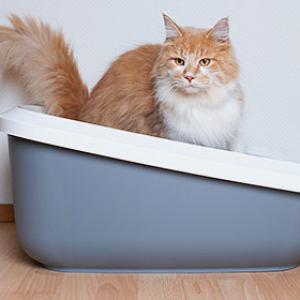
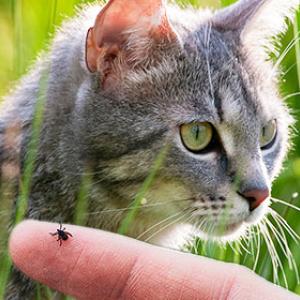
.png)
.png)
.png)
